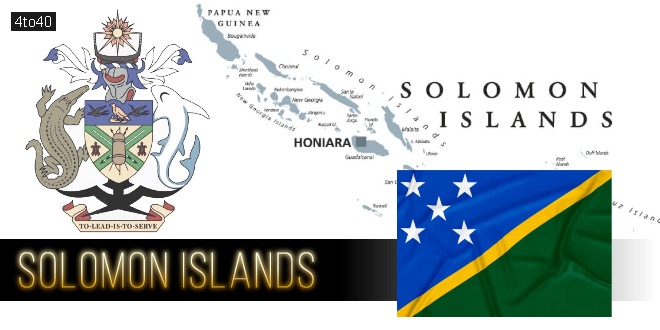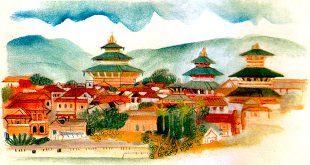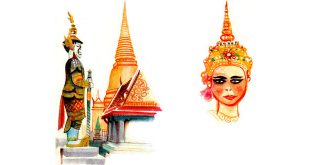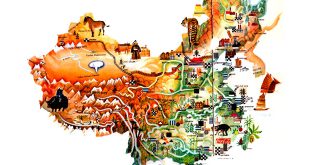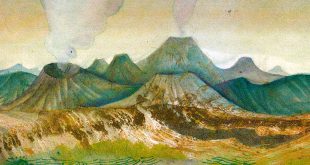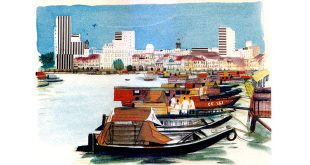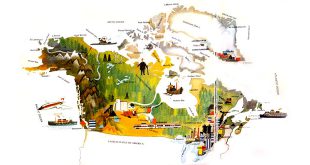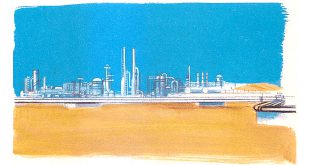Country Name: Solomon Islands
System of government: An independent member of the Commonwealth
Capital: Honiara (pop. 18,000), on Guadalcanal
Location: In Melanesia, east of New Guinea (Guadalcanal, Santa Isabel, Malaita, New Georgia, San Cristobal, Santa Cruz and other islands)
Area: 28,446 sq km
Population: 702,694 (2022 Estimate)
National composition: Melanesians, Polynesians, Micronesians, Papuans, Europeans
Official language: English
Currency: Solomon Islands dollar = 100 cents
Climate: Tropical
Motto: “To Lead is to Serve”
Anthem: God Save Our Solomon Islands
Location Map:
Solomon Islands Encyclopedia & Facts
The islands are of coral or volcanic origin and are occupied by mountains, hills and volcanoes. Earthquakes and volcanic eruptions are frequent. More than 90 per cent of the area is tropical rain forest. The chief cash crops are copra, cocoa beans, tobacco, pineapple, sorghum and plantains. Mineral resources include bauxite, nickel, gold, copper and other valuable minerals. Mining is being only slowly developed. Other industries include small plants processing foodstuffs and tobacco. Timber is a major export.
Solomon Islands is a nation in Melanesia, east of Papua New Guinea, comprising more than 990 islands. Its capital is Honiara, located on the island of Guadalcanal.
The Islands have been inhabited by Melanesian people for at least 30,000 years. The United Kingdom established a protectorate over the Islands in the 1890s. Some of the bitterest fighting of World War II occurred on these islands. Self-government was achieved in 1976 and independence two years later. The country remains a Commonwealth Realm.
Since 1997, ethnic violence, government misconduct, and crime have undermined stability and civil society—to the extent that the nation has been categorized by some as a “failed state.” In June 2003, an Australian-led multinational force, the Regional Assistance Mission to the Islands, arrived to restore peace and disarm ethnic militias.
Demography:
The majority of the people on the Solomon Islands are ethnically Melanesian; Polynesian and Micronesian are the two other significant groups.
There are 74 languages in the Solomon islands, four of those extinct. On the central islands, Melanesian languages are spoken. Polynesian languages are spoken on the outliers Rennell and Bellona to the south, Tikopia, Anuta, and Fataka to the far east, Sikaiana to the north east, and Luaniua (Ontong Java, Lord Howe Atoll) to the north. Immigrant populations of Gilbertese (Kiribati) and Tuvalu speak Micronesian languages. While English is the official language, only 1-2 percent of the population speak it; the lingua franca is Solomons Pijin.
Solomon Islanders are primarily Christian (mostly Anglican, Roman Catholic, 1United Church, Baptist, and Seventh-Day Adventist Church) and a small proportion hold indigenous religious beliefs.
 Kids Portal For Parents India Kids Network
Kids Portal For Parents India Kids Network
